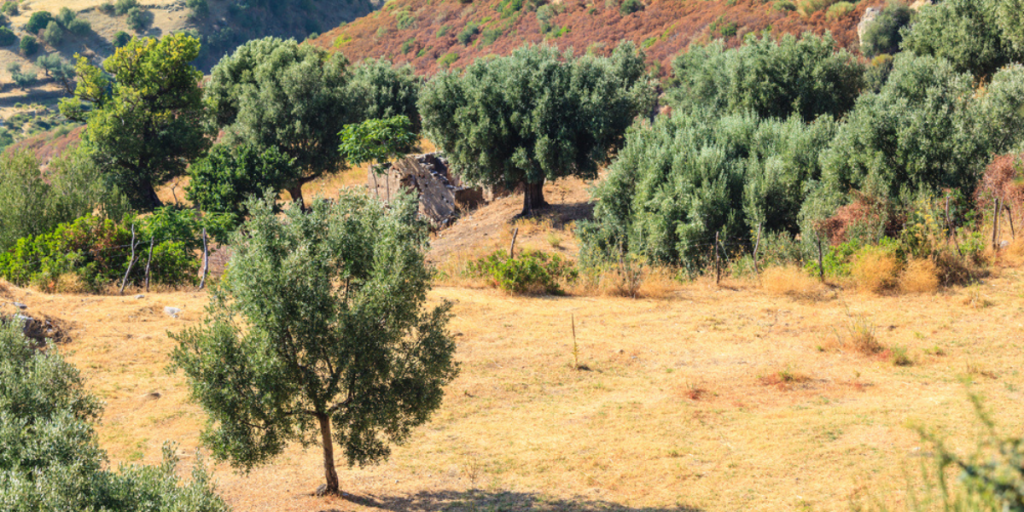Tourism and farming strain Greece’s water supply in record dry year
Others are reading now
Tourism and farming strain Greece’s water supply in record dry year
Climate change is redrawing Europe’s weather map
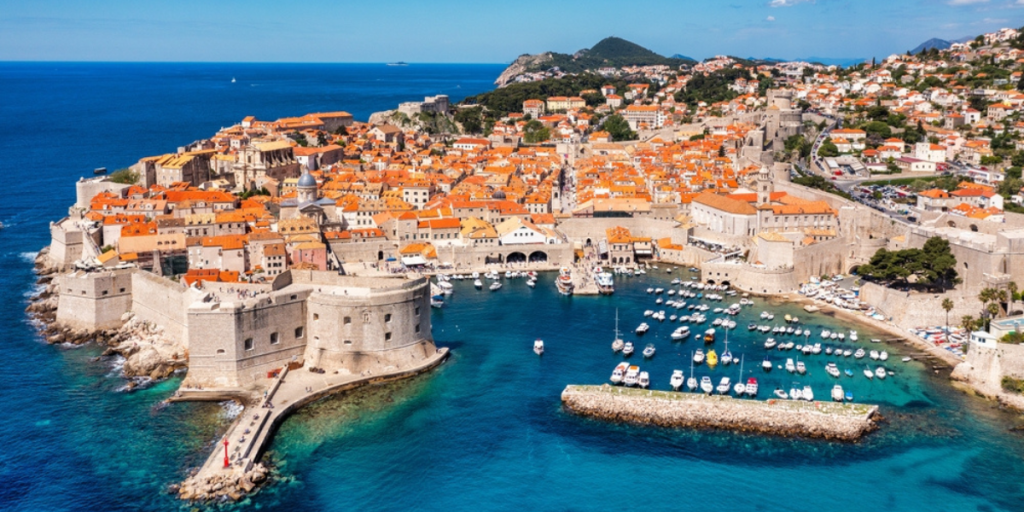
According to euronews. Europe’s climate is changing faster than many expected. Warmer winters, scorching springs, and unpredictable rainfall are becoming the new normal.
One of the clearest signs? A rising number of severe droughts.
Scientists say global warming is disrupting natural water cycles, pushing already dry regions into prolonged water stress — and Europe is no exception.
Southern Europe’s dry spell deepens
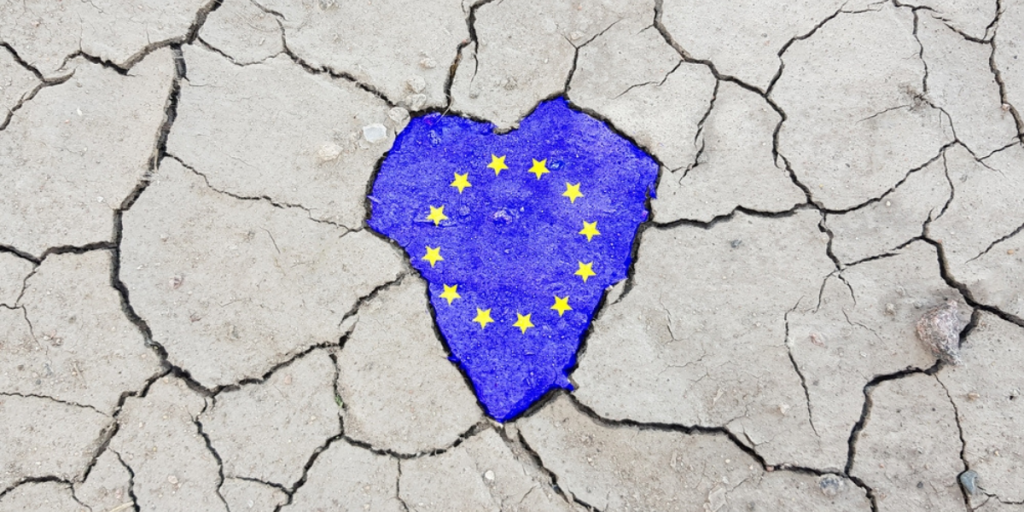
A new report from the European Drought Observatory (EDO) shows large parts of southern Europe — including Spain, Cyprus, and Greece — are under drought alert.
That means soil moisture is below normal and vegetation is visibly stressed.
In tourist-heavy areas like Santorini and Mykonos, water is now being shipped in or produced through desalination, reports Euronews. The crisis is affecting agriculture, energy, and daily life — and it’s showing no signs of easing.
Also read
A spring of records — and warnings
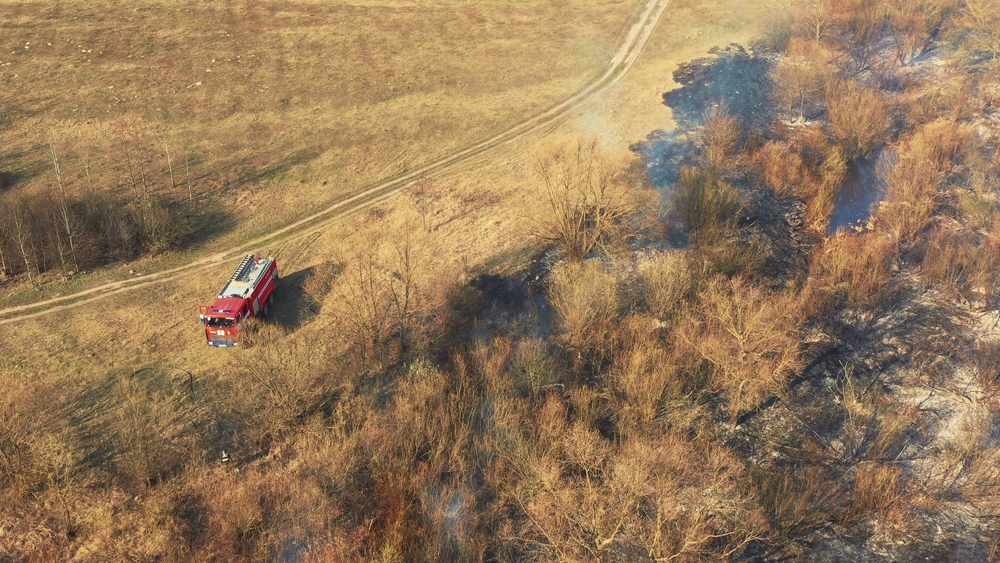
March 2025 was Europe’s hottest ever, according to the Copernicus Climate Change Service.
Overtourism adds pressure in holiday hotspots
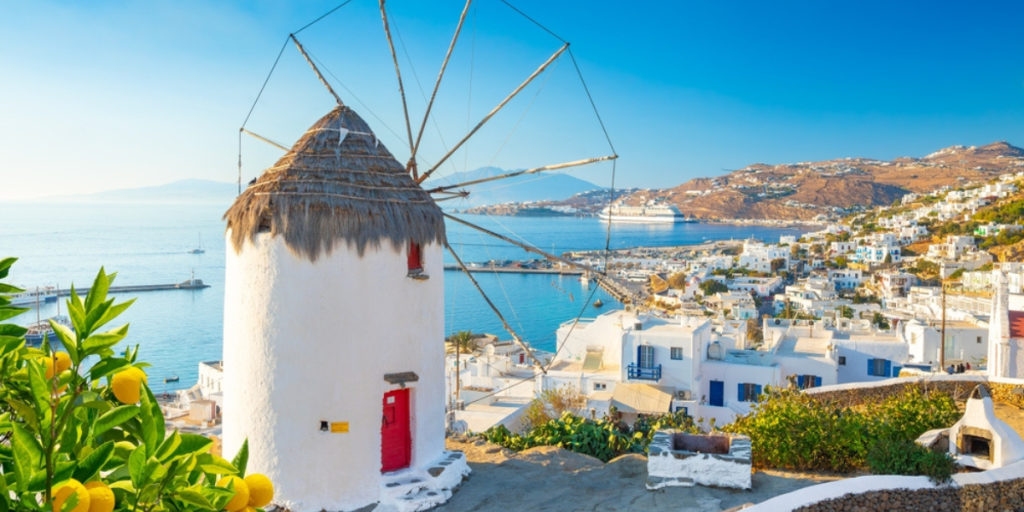
According to Euronews, on Greek islands like Mykonos, demand for water has surged with the return of mass tourism. Desalination plants and water shipments from Athens are being used to meet this demand.
“The tourist sector is unsustainable and there is no planning,” said Nikitas Mylopoulos, professor of water resource management at Thessaly University, speaking to Sky News. But tourism isn’t the only factor straining supplies.
Agriculture is the biggest water drain
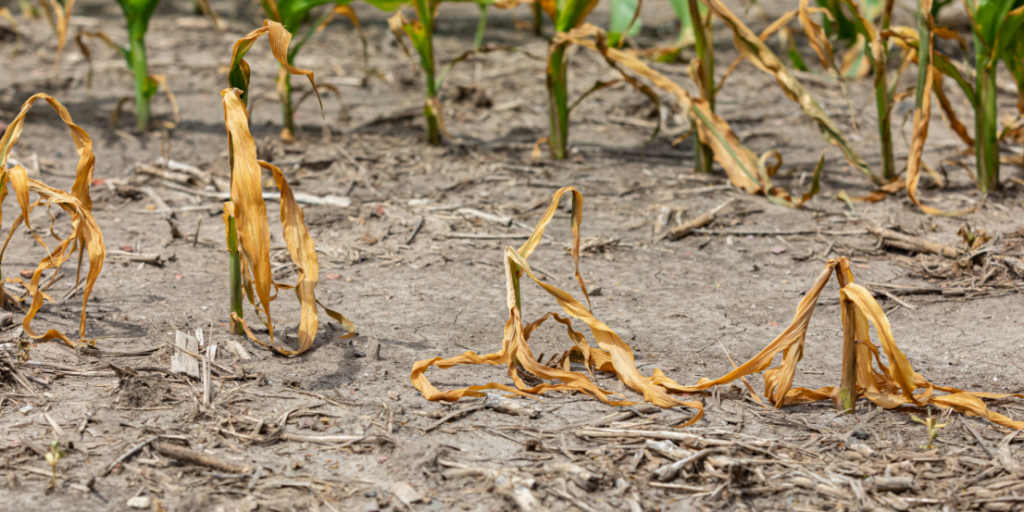
Professor Mylopoulos notes that agriculture is the primary source of water consumption in Greece — far outweighing tourism.
Wasteful irrigation, poor infrastructure, and weak policy enforcement are making the situation worse. Similar problems are unfolding in Spain and Cyprus, where farmers are struggling to maintain crops under increasing heat stress, he told the UK’s Sky News.
Also read
Ukraine and Eastern Europe under growing threat
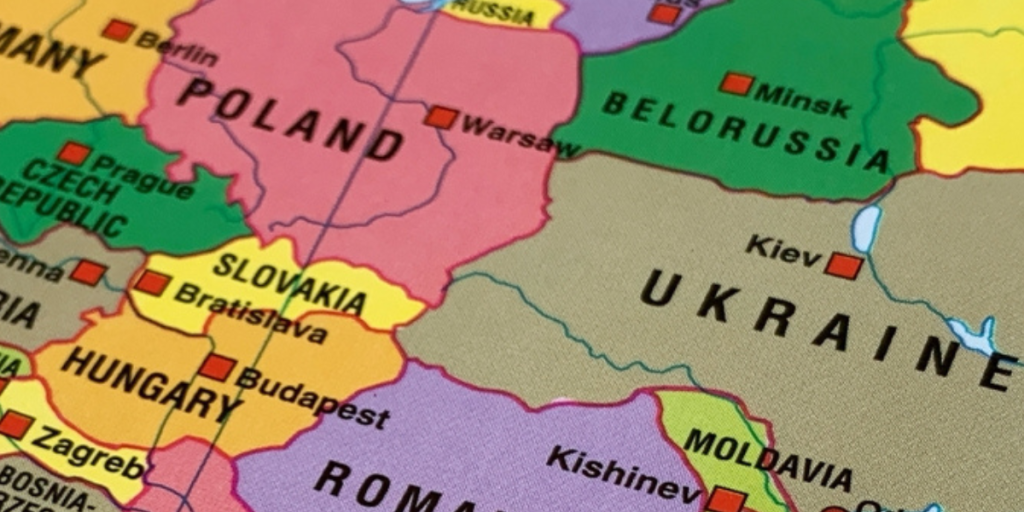
Drought conditions are also spreading beyond the Mediterranean.
The EDO warns that alert zones now include large areas of Ukraine, Poland, and Slovakia.
Ukraine, which is warming faster than much of Europe, recorded temperatures 2.7°C above the 1951–1980 average in 2023. As a key global grain exporter, drought there has serious implications for global food security, Euronews reports.
Middle East and North Africa not spared
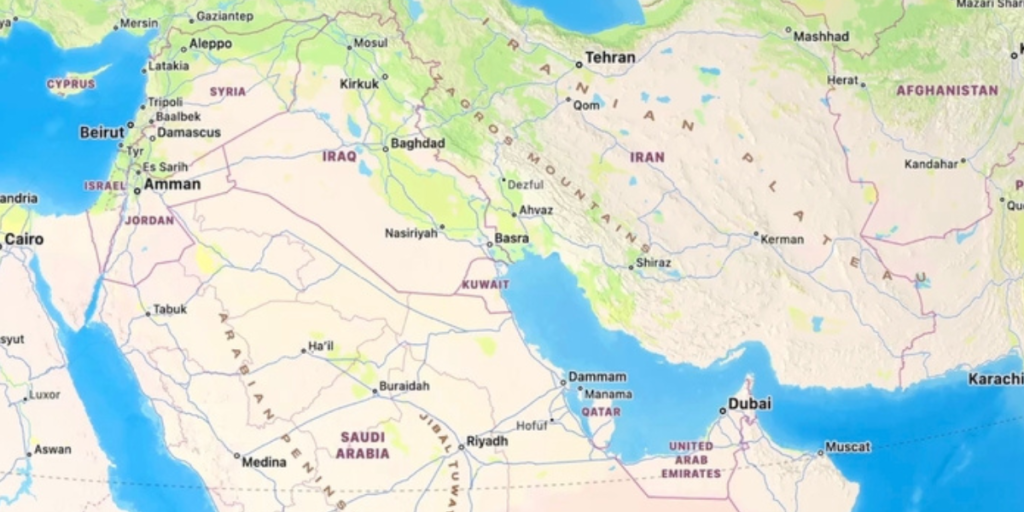
According to the EDO, drought and warning conditions also persist across Türkiye, Syria, Lebanon, Israel, Palestine, Jordan, Iraq, Iran, and parts of North Africa.
In some of these regions, dry conditions have lasted over a year — affecting both agriculture and drinking water supplies. This sadly illustrates how interconnected and global the drought crisis has become.
Northern Europe faces a new reality too
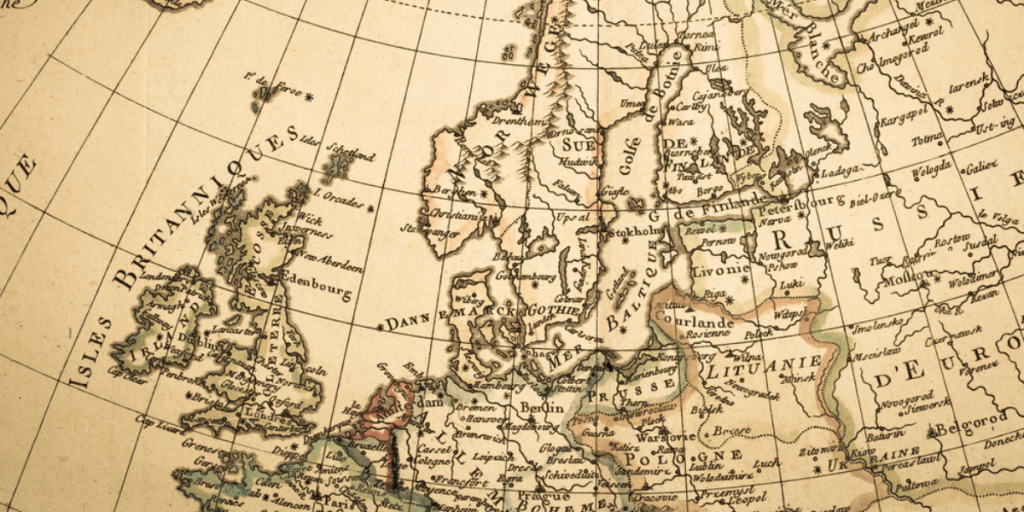
Drought is not limited to the south. The EDO’s Combined Drought Indicator shows nearly 40% of the EU-27 and the UK are under drought warning.
Also read
This orange zone stretches from Ireland to the Alps, across Finland and into southern Russia and Türkiye. Temperatures during the second week of May were consistently above seasonal averages, worsening soil dryness, reports EDO’s Combined Drought Indicator.
Drought threatens hydropower production
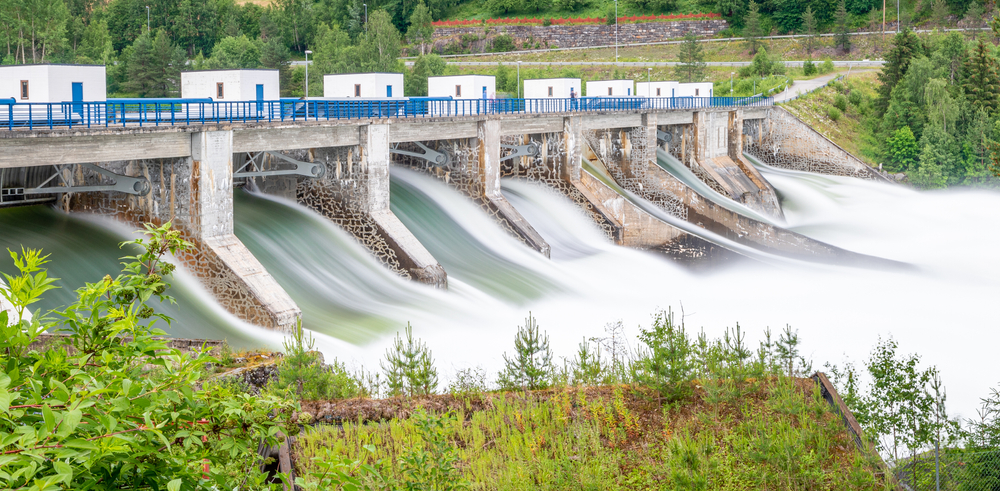
Hydropower, a key renewable energy source in many European countries, is also under pressure. According to the International Hydropower Association, extreme weather — both drought and sudden downpours — are forcing plants to operate the maximum capabilities of their equipment
This climate whiplash makes managing power grids and planning energy reserves much harder.
The droughts aren’t random — and they’re not going away
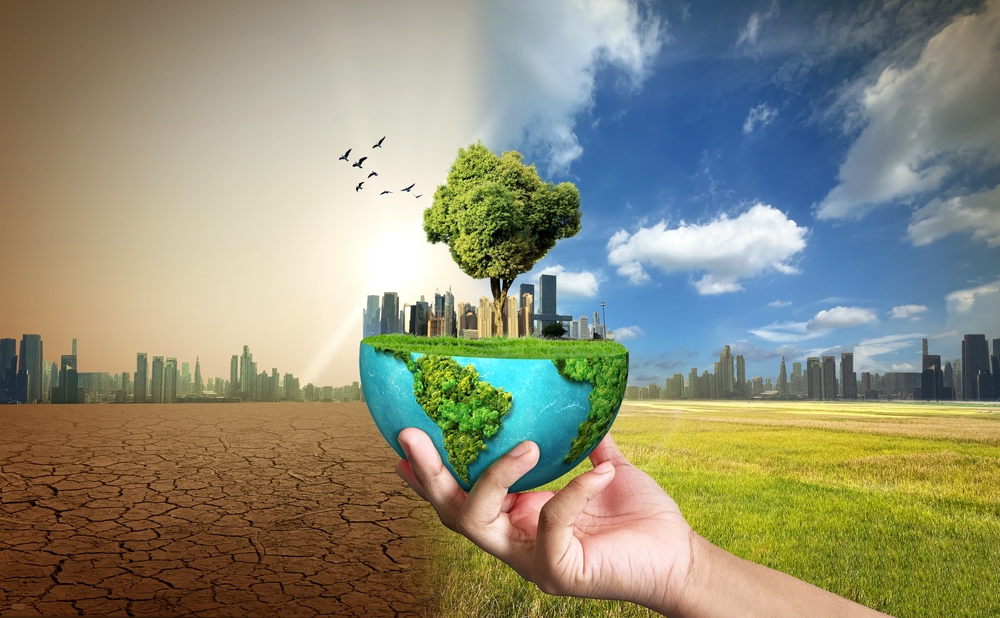
The World Weather Attribution group found the 2022 drought was made 20 times more likely by global warming.
Andrea Toreti of the Copernicus Drought Observatory told Euronews:
“Nowadays, this sort of equilibrium has been modified,” he said, referring to regions’ shrinking ability to recover between dry spells. Without serious action, water scarcity in southern Europe could become much worse.

